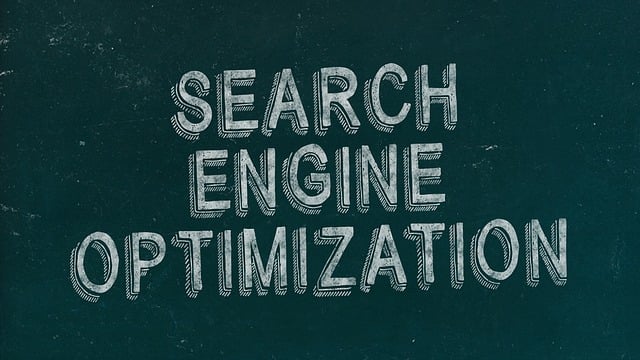AI jobsite verification through drone photo analysis is transforming landscaping and construction drainage planning. By analyzing high-res aerial images, this technology identifies land features, predicts water flow, minimizes flooding risks, and enables precise, efficient drainage designs. It streamlines processes, reduces human error, and offers data-driven insights for better infrastructure development, benefiting both construction sites and landscaped areas with enhanced safety, environmental protection, and water management.
In today’s digital era, Artificial Intelligence (AI) is transforming traditional landscaping practices. Unlocking Efficient Drainage Systems with AI revolutionizes planning, ensuring optimal water flow and robust infrastructure. The article delves into two key aspects: the role of AI in jobsite verification through drone photo analysis, enhancing accuracy and safety; and its impact on intelligent drainage design for enhanced sustainability. By integrating these innovative solutions, landscapes can be meticulously crafted while meeting ecological and safety standards.
- Unlocking Efficient Drainage Systems with AI: Revolutionizing Landscaping Planning
- The Role of Drone Photo Analysis in AI-Driven Jobsite Verification
- Enhancing Sustainability and Safety: AI's Impact on Intelligent Drainage Design
Unlocking Efficient Drainage Systems with AI: Revolutionizing Landscaping Planning

The integration of Artificial Intelligence (AI) in landscaping is transforming the way we plan and execute drainage systems, marking a significant shift in the industry. AI-powered tools are now capable of analyzing vast datasets, including drone-captured images, to verify jobsite conditions accurately and efficiently. This technology revolutionizes traditional planning methods by providing detailed insights into terrain elevation, soil types, and potential water flow patterns—all crucial factors for designing effective drainage solutions.
By employing AI jobsite verification via drone photo analysis, landscaping professionals can make data-driven decisions. This process identifies challenges such as inclines, obstructions, or areas prone to waterlogging, enabling designers to create customized drainage plans. The result is optimized water management, ensuring efficient flow and minimizing the risk of flooding on construction sites or in landscaped areas.
The Role of Drone Photo Analysis in AI-Driven Jobsite Verification

In the realm of AI-driven intelligent drainage planning, ensuring accurate jobsite verification is paramount to ensure efficient and effective infrastructure development. Drone photo analysis plays a pivotal role in this process, offering an innovative approach to AI jobsite verification. By capturing high-resolution images from the air, drones can provide comprehensive and detailed insights into the site’s topography, existing drainage systems, and potential challenges that might be missed by traditional on-ground surveys.
Through advanced computer vision algorithms, drone photo analysis enables the automatic identification of land features, structural elements, and even subtle variations in terrain elevation. This real-time data enriches AI models, allowing them to make more precise predictions about drainage patterns, water flow dynamics, and potential bottlenecks. By integrating this technology into their workflow, infrastructure planners can streamline verification processes, reduce human error, and ultimately enhance the accuracy of their intelligent drainage planning strategies.
Enhancing Sustainability and Safety: AI's Impact on Intelligent Drainage Design

AI is transforming intelligent drainage planning, contributing significantly to enhanced sustainability and safety on construction sites. By leveraging advanced algorithms and machine learning capabilities, AI systems can analyze vast amounts of data from various sources – including drone-captured images – to identify optimal drainage solutions. This technology enables precise mapping of terrain, understanding of water flow patterns, and prediction of potential flooding risks.
With AI jobsite verification via drone photo analysis, construction teams can quickly assess site conditions, ensuring that drainage designs are tailored to the specific landscape. This precision leads to more efficient water management, reduced erosion, and minimized environmental impact. Furthermore, by identifying hazards early in the planning phase, AI helps prevent accidents and promotes safer working conditions for construction workers, ultimately contributing to a greener and more secure building process.
AI is transforming landscaping through intelligent drainage planning, leveraging drone photo analysis for precise jobsite verification. This technology enhances sustainability and safety, unlocking efficient drainage systems that benefit both environment and community. By integrating AI into the design process, we can ensure robust and future-proofed landscapes that mitigate risks while promoting ecological well-being. The application of AI in landscaping is a game-changer, revolutionizing how we approach and optimize drainage infrastructure.
